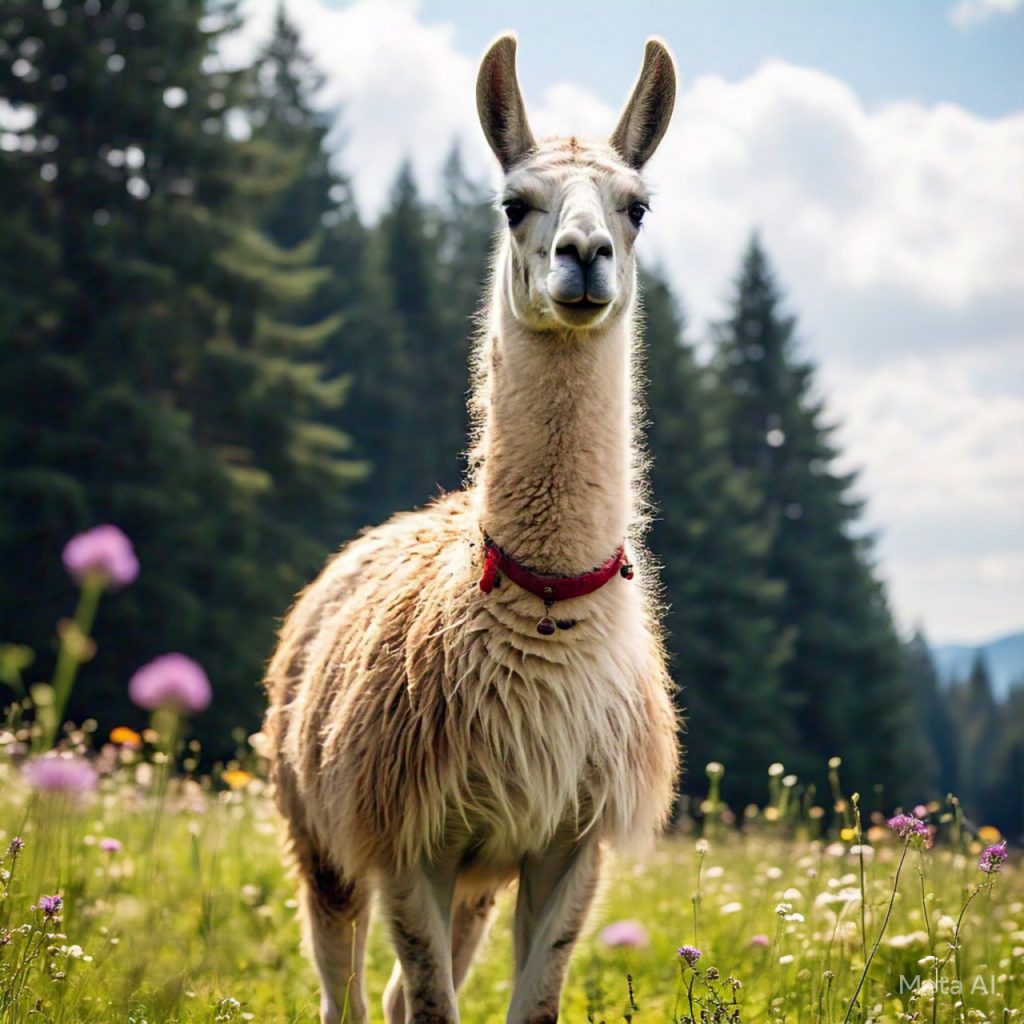Llamas are not just adorable and majestic creatures; they are also valuable animals for fiber production, farm work, and companionship. Starting a llama herd can be a rewarding endeavor, but it requires careful planning, knowledge, and dedication. This guide will walk you through everything you need to know to breed llamas successfully, even if you’re a complete beginner.
Understanding Llamas: An Overview
Llamas (Lama glama) are part of the camelid family, native to South America. Known for their gentle temperament and versatile uses, llamas are prized for:
- Fiber production: Soft, lanolin-free fleece is excellent for textiles.
- Guard animals: Llamas can protect smaller livestock like sheep or goats.
- Companionship: Their calm nature makes them ideal for therapy animals.
When considering llama breeding, understanding their biology, behavior, and care requirements is crucial.
Step 1: Setting Up Your Farm
Before diving into breeding, ensure you have a proper setup.
Space Requirements
Llamas need sufficient space to roam and graze. The general rule is:
- 1-2 acres for a small herd of 3-5 llamas.
- Secure fencing to prevent predators and escape.
Shelter
Provide a three-sided shelter to protect against harsh weather. Each llama should have at least 20-30 square feet of indoor space.
Feeding and Nutrition
Llamas are efficient grazers, but supplemental feeding is necessary:
- Hay: Good-quality grass or alfalfa hay.
- Minerals: Free-choice access to a camelid-specific mineral mix.
- Water: Clean, fresh water at all times.
Health Maintenance
Regular veterinary care is essential. Key considerations include:
- Annual vaccinations.
- Deworming every 2-3 months.
- Toenail trimming every 6-8 weeks.
Step 2: Choosing the Right Llamas for Breeding
Selecting Breeding Stock
Healthy, well-conformed llamas with desirable traits are key. Look for:
- Good temperament: Calm and cooperative animals are easier to handle.
- Physical health: Clear eyes, a shiny coat, and no signs of illness.
- Genetics: Animals free from hereditary issues like jaw deformities or weak joints.
Male vs. Female
- Males (studs): Choose proven breeders with strong genetics.
- Females (dams): Should be healthy, with no history of birthing issues.
Step 3: The Breeding Process
Understanding Llama Reproduction
- Llamas are induced ovulators, meaning ovulation occurs after mating.
- The gestation period lasts approximately 11.5 months.
- Females can be bred starting at 18 months, and males are fertile by 2-3 years.
Breeding Techniques
- Pasture Breeding: Males and females are kept together in a pasture.
- Pros: Natural and low-stress.
- Cons: Difficult to track breeding dates.
- Hand Breeding: Mating is supervised, ensuring controlled breeding and record-keeping.
Mating Signs
A receptive female will sit in a cushioned position (kush) for the male to mount. If pregnant, the female will reject the male by spitting or walking away.
Step 4: Caring for Pregnant Llamas
Signs of Pregnancy
- Weight gain.
- Increased appetite.
- Spitting at males.
- Ultrasound confirmation by a veterinarian is ideal.
Prenatal Care
- Maintain a nutritious diet with added supplements.
- Monitor for signs of stress or illness.
- Avoid overhandling the pregnant female.
Step 5: Birthing and Neonatal Care
Birthing Process (Cria Birth)
- Most births occur during daylight hours.
- Labor is typically quick, lasting 20-30 minutes.
Post-Birth Care
- Ensure the cria (baby llama) nurses within the first 2 hours for colostrum.
- Dry the cria with towels if the weather is cold.
- Monitor the mother for retained placenta or other complications.
Step 6: Raising and Managing Your Herd
Socialization
Llamas are herd animals and thrive in groups. Ensure new crias are socialized early to develop good behavior.
Weaning
Crias are typically weaned at 5-6 months old. Gradual separation reduces stress.
Record Keeping
Track each llama’s:
- Birth date.
- Lineage and genetics.
- Health history.
Common Challenges and How to Overcome Them
- Health Issues: Parasites, infections, or injuries.
- Regular vet check-ups and prompt treatment are essential.
- Aggressive Behavior: Overly handled males may develop berserk llama syndrome (BLS).
- Minimize hand-raising male crias to prevent this.
- Breeding Failures: Infertility or unsuccessful mating attempts.
- Consult a veterinarian for evaluation and advice.
Monetizing Your Llama Herd
- Fiber Sales: Market llama fleece to spinners and weavers.
- Breeding Services: Offer stud services for other llama owners.
- Companion Sales: Sell well-trained llamas as pets or guard animals.
Final Thoughts
Breeding llamas can be a fulfilling experience, but it requires a solid foundation of knowledge, a commitment to care, and attention to detail. By following this guide, you’ll be well on your way to establishing a successful and thriving llama herd.
Embark on your journey today and watch your herd flourish!

